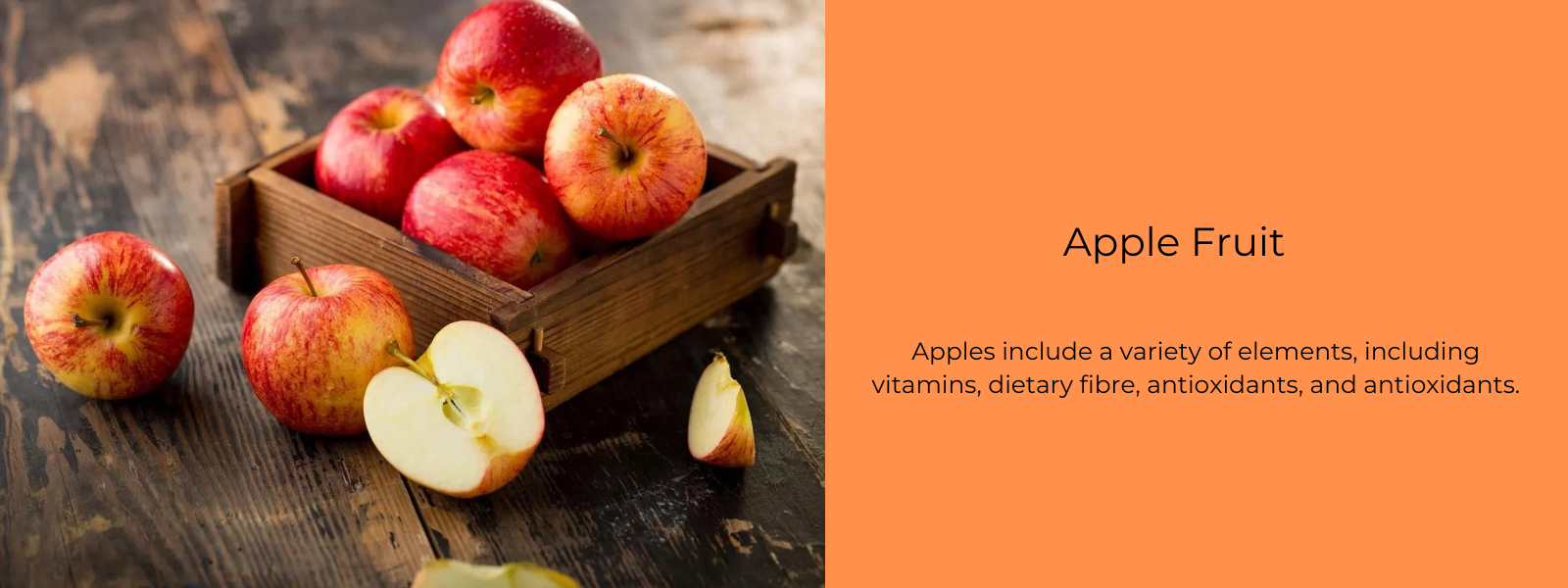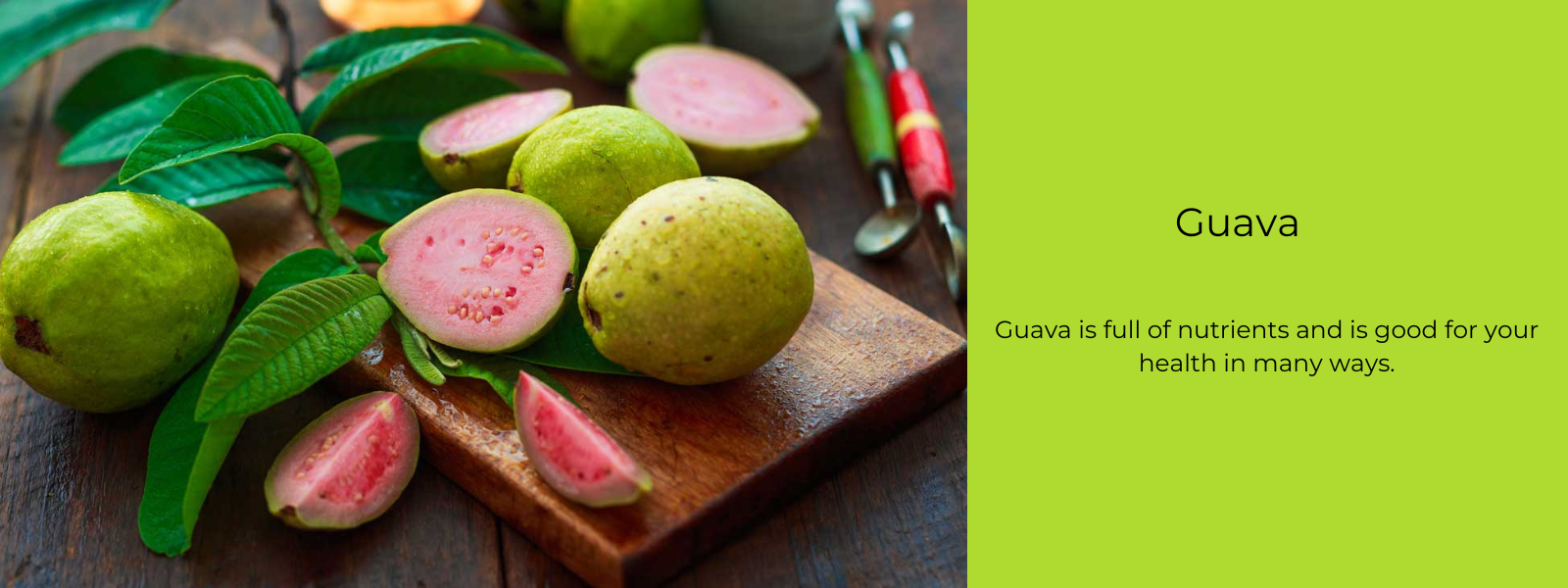Water apple is a tiny, delicious fruit that resembles a bell. It features a white, rose-scented interior and a glossy, pink to crimson exterior. The flavour is sweet and mild in acidity. The water apple, or Syzygium aqueum, is a member of the Myrtaceae family of plants. Although it originated in Indonesia and Malaysia, you may now find water apple trees in every tropical region of Africa and Southern Asia.
Because of the high concentration of useful nutrients in them, they found widespread usage in conventional and alternative medical practices. Rose apple, Malabar plum, and plum rose are all frequent names for water apples.
Table of Contents
What are water apples?
The water apple is a tiny, delicious fruit that resembles a bell in shape. Fruits of this type are often shiny and range in colour from pink to red; they have a sweet and somewhat acidic flavour; their flesh is white; and they exude a pleasant rose perfume. The botanical name for the delicious water apple is Syzygium aqueum, and the family to which it belongs is the Myrtaceae. The water apple is an indigenous fruit of the equatorial regions of Africa and Southern Asia (including Malaysia, Thailand, India, and Indonesia).
As a result of their high nutrient density, this fruit has long been prized as a crop and employed in the traditional medicine of the local population. These numerous names include plum rose, rose apple, and Malabar apple.
Plant and fruit description:
There is a wide range in height potential for the Water Apple tree, from 10 to 30 feet (3 to 10 metres.) Consistent reproduction from seed is guaranteed. The climate of Malaya and Indonesia is ideal for producing two harvests per year. The leaves are bland, with a pale green upper surface and a yellowish underside. It blooms with flowers ranging in colour from a light yellowish white to a delicate pink,
Although some Water Apple fruits may be reasonably round, others may take on more of a pear form, being around 1 13 inches (3 12 cm) wide at the bottom and very narrow at the top.
One variant grown in Indonesia has a white skin instead of the typical green or red.
The inside meat is often white or pink in colour and has a mildly pleasant taste. However, certain flavours can be quite sour. Some could even call the flavour "faint," as it is so subtle. The flesh might be crisp, tender, juicy, or dry, depending on the variety. The lack of robust flavour in these fish leads to one of their English names, "watery," which can be used to indicate luscious meat. It has a high water content, making it an effective thirst reliever.
In most cases, it does not have any seeds, but rarely there will be a few.
Other names of water apple:
Jambu Merah, Wax Apples, Java Apple
Scientific Name: Syzygium aromaticum
Taste of water apple:
Although these healthy fruits are commonly known as rose apples and look like an elongated apple, their aroma, flavour, and texture have nothing in common with either roses or apples. Sweet and crisp when mature, water apples are a delicious fruit. However, the unripe green water apple has an astringent flavour that works well in pickles, curries, and chutneys because of its acidity.
It's remarkable that not only the greens, but also the unripe and mature fruits, are so nutritionally dense. For those trying to trim down, the water apple fruit is a great option because it contains so few calories and almost no saturated fat. In addition to being low in cholesterol and high in dietary fibre, it also helps with digestion. Water apples have high levels of vitamin C, which helps the body fight off illness, and vitamin A, which helps the eyes work properly. They include high concentrations of the B vitamins, which have been shown to play a role in metabolic regulation.
Nutritional value of water apple:
Vitamins, minerals, fibre, carbs, and proteins are all present in the water apple. Since it contains very little fat and calories while also being nearly 90% water, water apples are a good choice for those watching their weight.
Ways to include water apple in daily diet:
- This water apple fruit is often consumed in its raw form.
- Tossed in a salad dressing, it's a tasty option for some.
- Juice and jelly formed from this fruit are popular ways to consume it.
- Squash, jellies, sweet beverages, and pickles are just some of the pre-prepared culinary items you can buy at stores.
Health benefits of water apple:
- Packed with antioxidant properties: Water apple's abundance of Vitamin C and other phenolic components called flavonoids give it antioxidant properties, including the ability to combat free radical damage. Antioxidants protect cells from damage caused by free radicals, pollution, and toxic substances, which can otherwise cause diseases including cardiovascular disease, cancer, and arthritic pain. Radiation, cigarettes and smoke, and the breakdown of food all contribute to the production of free radicals in the body. Water apples' antioxidant property makes them a potent weapon against poisons.
- Boosts immunity: Vitamin C increases the creation of white blood cells and aids in their functioning, bolstering the immune system. Vitamin C's antioxidant properties allow it to repair any oxidative damage and promote optimal health. Vitamin C is a potent immune system booster that can be used to fight off colds.
- Decreases risk of strokes: The low levels of salt and cholesterol in water apples reduce the risk of stroke and other cardiovascular and cardiovascular-related diseases and conditions, including inflammation, oxidative damage, cardiac health, atherosclerosis, blood pressure, and endothelial health. Stroke and heart attack risk is decreased by taking vitamin C because it slows the body's ability to form plaque.
- Improves Good HDL Cholesterol: Niacin, found in water apples, controls how much cholesterol is made in the body. Niacin raises levels of healthy HDL cholesterol while lowering levels of poor LDL cholesterol and dangerous triglycerides.
- Boosts Metabolism: By acting as a stimulant to enzymes in biochemical processes, including the digestion of carbs, lipids, and proteins in food, water apples can improve the metabolic rate. This, in turn, encourages healthy eating habits and metabolic rate, both of which contribute to weight maintenance.
- High in fiber: Constipation can be avoided because of the water apple's dietary fibre, which aids the digestive system in the flow of materials and adds volume to the stool. It helps maintain a healthy weight and lowers the risk of diabetes and heart disease.
- Relieves Muscle Spasms: Water apples are high in potassium and water, making them an effective remedy for muscle spasms. Having low potassium, sodium, or dehydration levels can lead to muscle cramps, which this drink helps alleviate.
- Keeps the body hydrated: Water apples are a great method to replenish fluids and cool off in the heat of summer, when thirst is common and air conditioning isn't always reliable. The fruit can be eaten fresh or made into a juice that is then cooled and drunk to restore the body's water and electrolyte stores.











Leave a comment